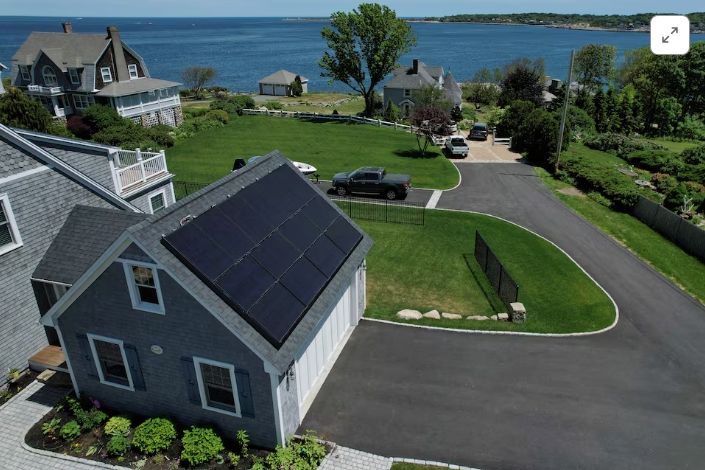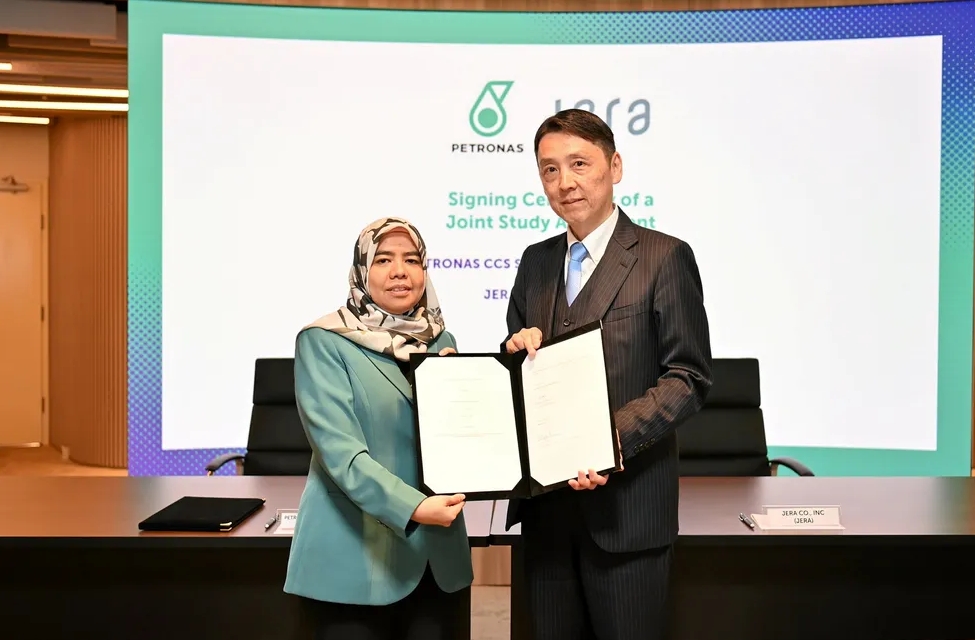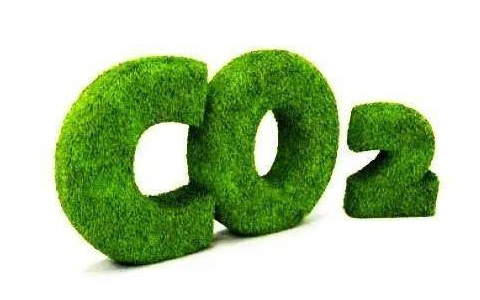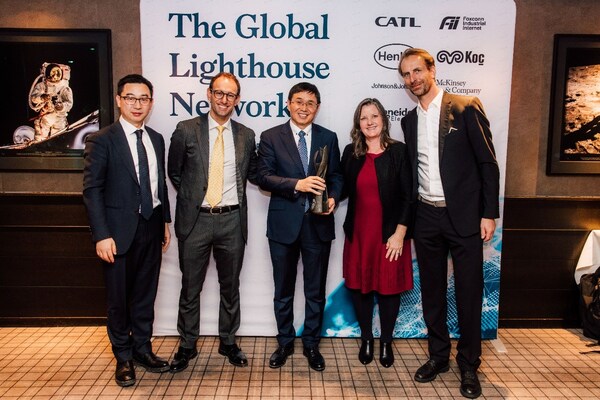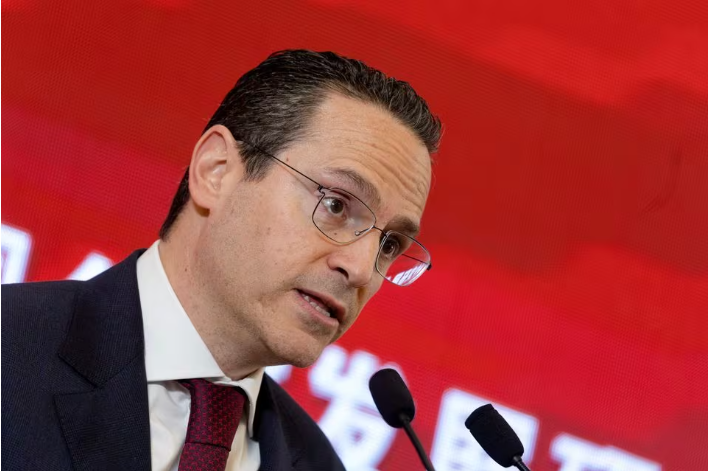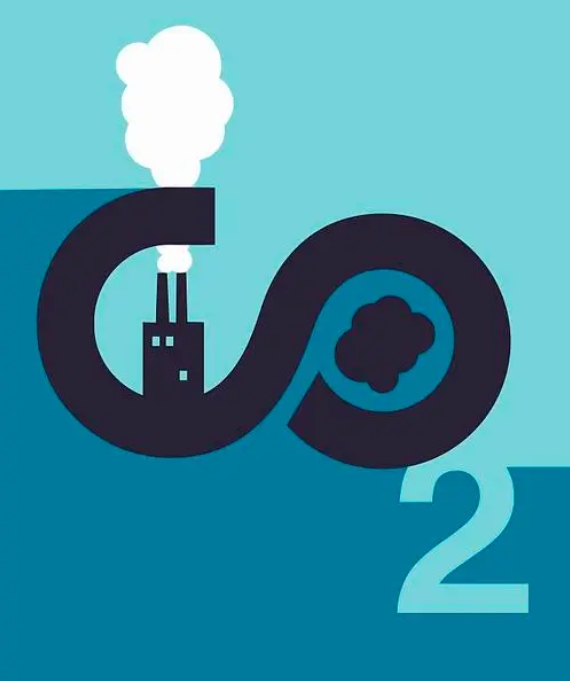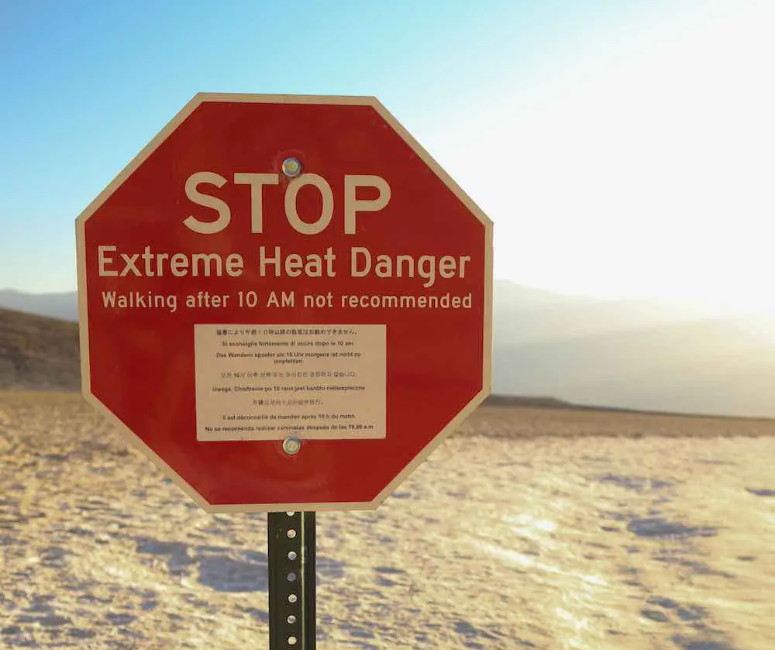
This year’s heightened drumbeat of extreme weather shows us how little time we actually have to slash emissions.
It is now clear that going slow on cutting greenhouse gas emissions is much more expensive than taking action. At this week’s climate ambition summit, United Nations secretary general António Guterres warned the world is “decades behind” in the transition to clean energy.
The UN’s new Global Stocktake makes clear we need to accelerate the race to net zero.
It’s time to act as quickly as humanly possible. This week, Australia’s leading engineers and technology experts from the Australian Academy of Technological Sciences and Engineering have called for Australia to get to net zero 15 years quicker than our current goal of 2050 to be more consistent with a 1.5℃ trajectory.
It will be hard. But ask yourself – what is the alternative?
To shake us out of business as usual, we have to fast-track regulatory change, upskill the workforce, future-proof national infrastructure, embed a zero-waste approach to supply chains and massively boost business investment. Here’s how.
This year’s heightened drumbeat of extreme weather shows us how little time we actually have to slash emissions.
It is now clear that going slow on cutting greenhouse gas emissions is much more expensive than taking action. At this week’s climate ambition summit, United Nations secretary general António Guterres warned the world is “decades behind” in the transition to clean energy.
The UN’s new Global Stocktake makes clear we need to accelerate the race to net zero.
It’s time to act as quickly as humanly possible. This week, Australia’s leading engineers and technology experts from the Australian Academy of Technological Sciences and Engineering have called for Australia to get to net zero 15 years quicker than our current goal of 2050 to be more consistent with a 1.5℃ trajectory.
It will be hard. But ask yourself – what is the alternative?
To shake us out of business as usual, we have to fast-track regulatory change, upskill the workforce, future-proof national infrastructure, embed a zero-waste approach to supply chains and massively boost business investment. Here’s how.
The net zero grid
Per capita, Australia is the world leader in solar and wind generation. But we’ll need more as we electrify the entire economy, which will triple demand.
To get there means investing in distribution, transmission, battery and pumped hydro storage and grid integration. All of this has to be fast-tracked through closer engagement with communities and streamlined regulations.
Electrifying our export industries is vital for both Australia’s and the world’s net zero efforts. This would make full use of our advantages in cheap power from renewables such as by making green hydrogen, which can help with green chemical and green metals manufacturing.
Pulling carbon dioxide back out of the air is another potential “export” industry. Direct air capture will be needed to bring levels in the atmosphere back down, and Australia could use cheap renewable energy to do it, and sell the credits to offset hard-to-abate areas such as plane flights.
Embrace the circular economy
Supply chains of products and raw materials put out emissions at every step along the way. Some emissions are from activities in Australia, others overseas. But all end up in the atmosphere.
Fixing this means slashing waste and removing emissions at every stage of production, from raw materials to recycling. Our food systems produce an estimated 29% of global emissions but around 30–40% of food is wasted.
But it’s more than that. The end goal must be embracing a circular economy, where overconsumption is phased out and waste becomes the feedstock for new products. We can greatly accelerate our efforts by working with European authorities, given they are far ahead of Australia here.
Make our buildings run cleaner
Emissions from our buildings come largely from electricity and gas use, with embodied emissions from, say, the use of concrete in construction a smaller concern. Here, the low-hanging fruit is moving to zero-emissions electricity and switching from gas to electricity.
Banning new household connections to the gas network as Victoria and the ACT are doing, is another opportunity.
When gas heaters reach their end of life, we can require they be replaced by electric heaters. This won’t significantly increase the grid demand if high efficiency heat pumps are used.
And we should boost efficiency standards still further for new buildings and major renovations. Australia’s new National Construction Code will help, but more can be done.
In the longer term, cement made without emissions and new construction methods will help further cut emissions.
Electrify transport
After a slow start, electric cars are finally gaining popularity in Australia. Now we’re seeing electric utes and trucks. Electric buses are already on the roads in some states. This is essential. Now it’s time to speed it up.
We need all states and territories on board to plan for a phase-out of internal combustion engines, coupled with better investment in public and private charging infrastructure.
Electrifying transport will give us enormous battery packs in our driveways – often several times the capacity of a home battery. New technologies such as vehicle-to-grid will let us use our cars as grid backup and give households security if there’s a blackout.
Shipping giants are working on the challenge of cleaning up emissions, while work is being done on electric planes. These are harder nuts to crack, but already there are electric ferries up and running in Europe and short-trip electric planes on sale in Australia.
Farming and mining
Some farms are already running on solar and storage for cost and energy security reasons. But there’s more to do, such as slashing emissions of the potent greenuouse gas nitrous oxide from fertilisers using nitrification inhibitors.
In mining, some operators are rapidly cleaning up their operations – and often for cost reasons. Running a mine site on diesel is expensive. We need to accelerate the shift here towards powering grinding machines, excavators and ore trains with renewables.
Some problems don’t yet have off-the-shelf solutions, such as reducing methane from livestock or producing steel cost-effectively without using coal.
These hard-to-cut sources of emissions will need significant and sustained investment to produce practical and cost-effective technologies solving the problems.
Technology – and talking
Swapping fossil fuels for clean technologies will take talking as well as technology. Many of us find change confronting, especially at this pace.
So we need to do this right, sharing economic benefits and preserving the social fabric of communities and avoiding damaging nature. The debate over new transmission lines is a case in point.
We’ll need an honest national conversation – and one that isn’t limited to expert, government and industry circles.
We have new institutions to help us move faster, such as the Net Zero Authority, the new mandates for the Climate Change Authority, and the sector-level net zero plans in progress.
Now we need to get on and do it. Yes, it’s faster than we thought possible. But fast is now necessary.
